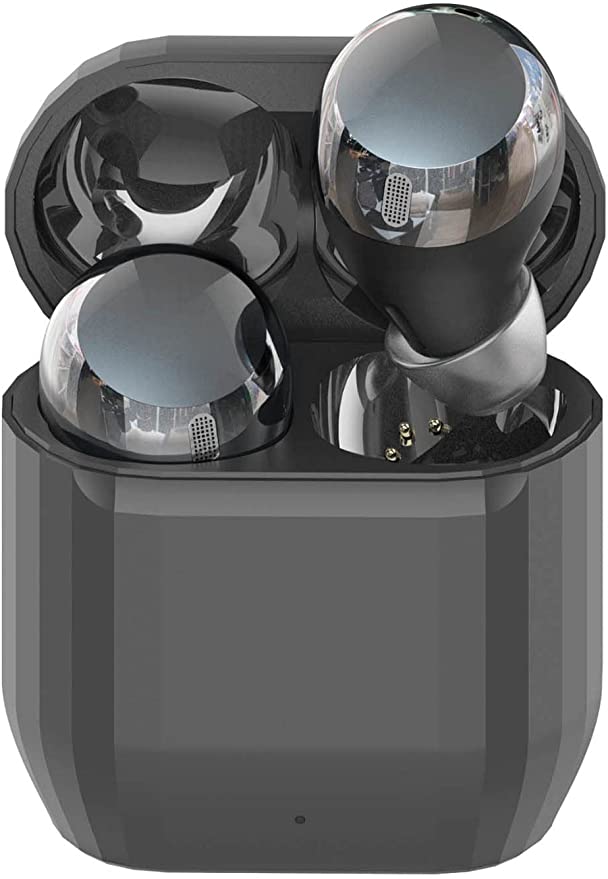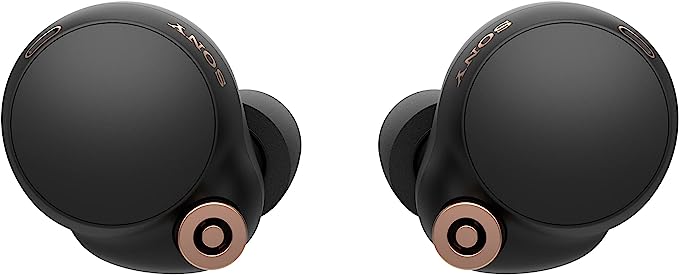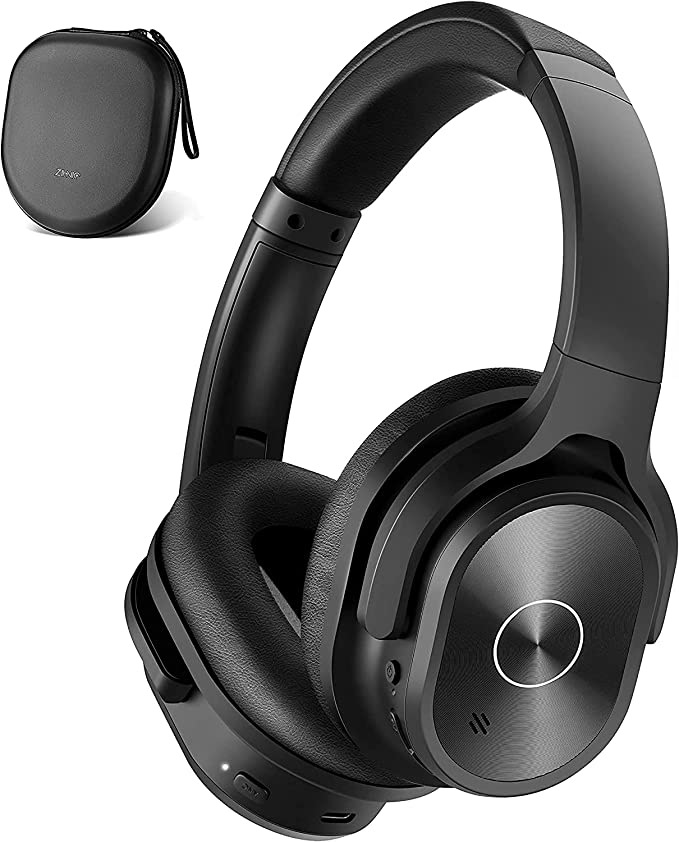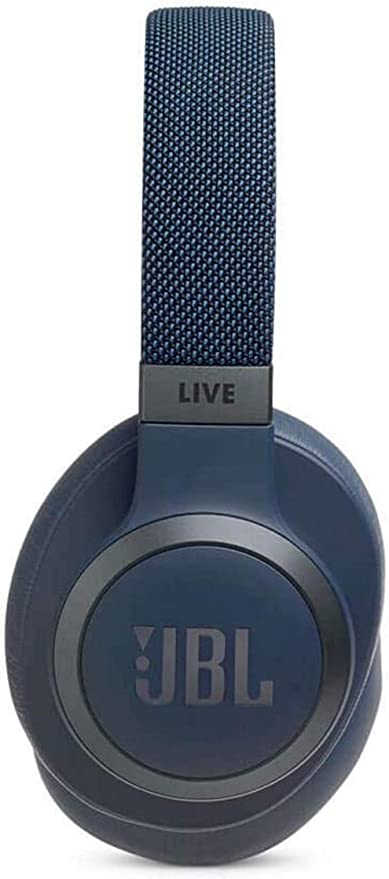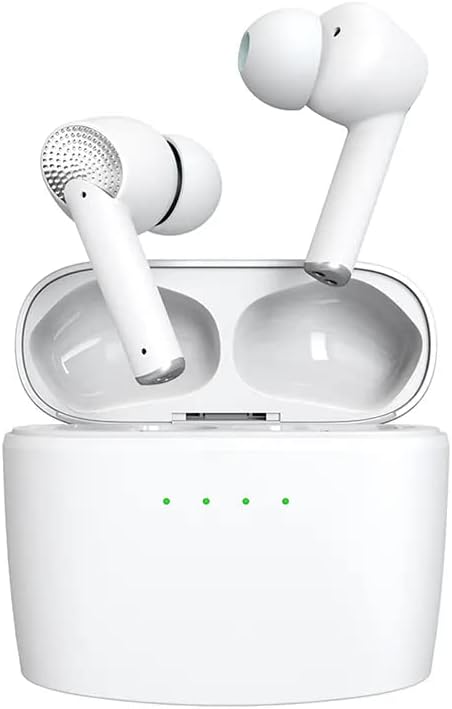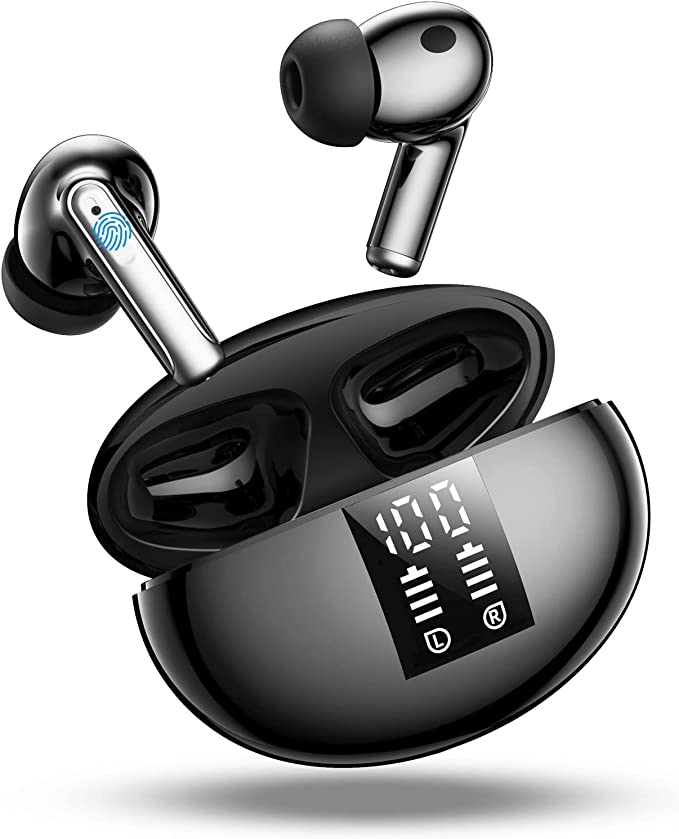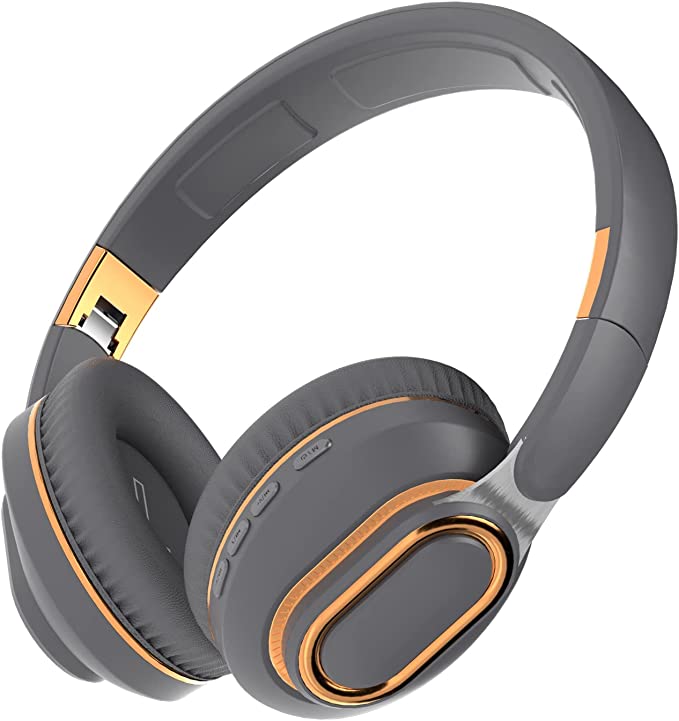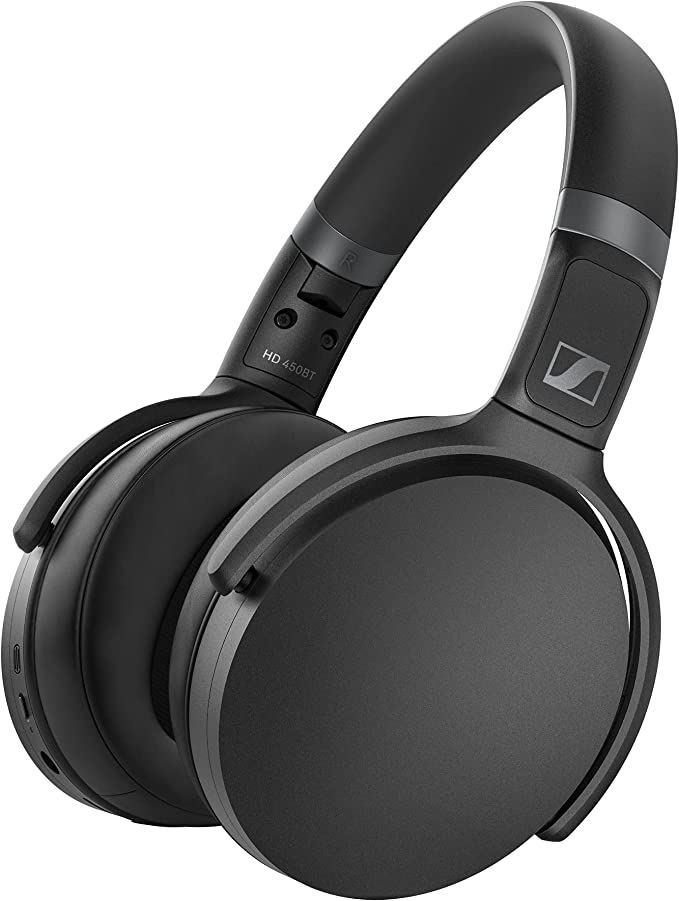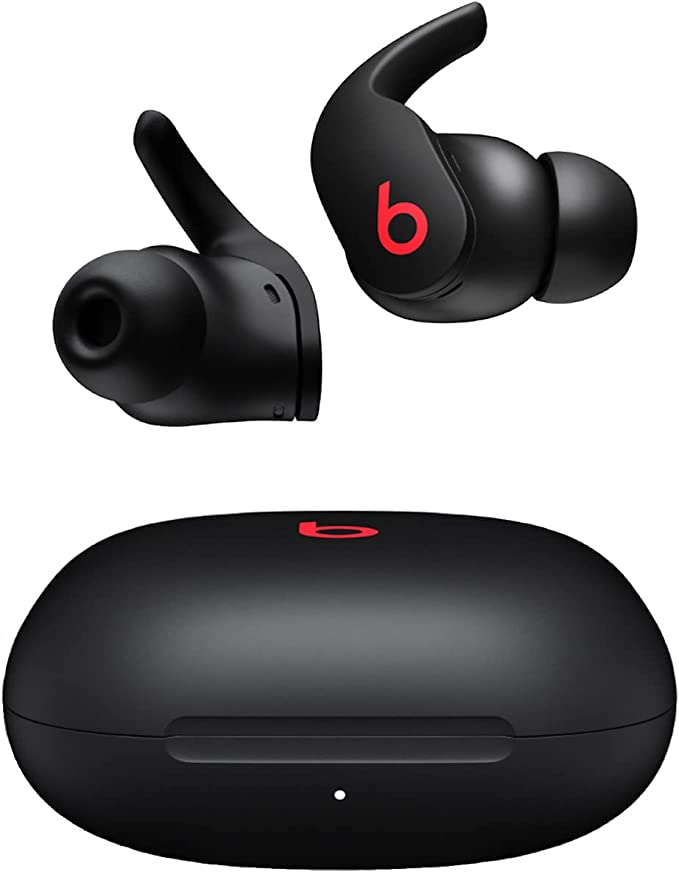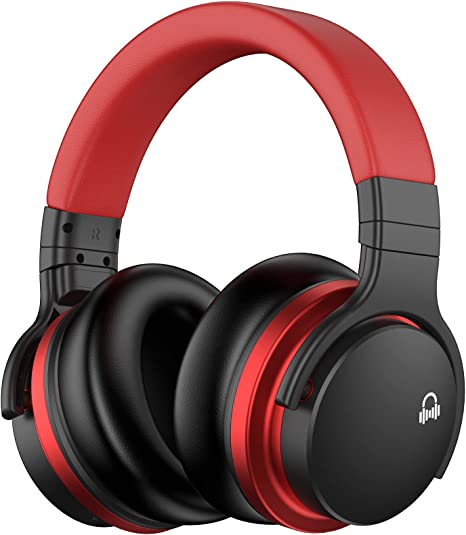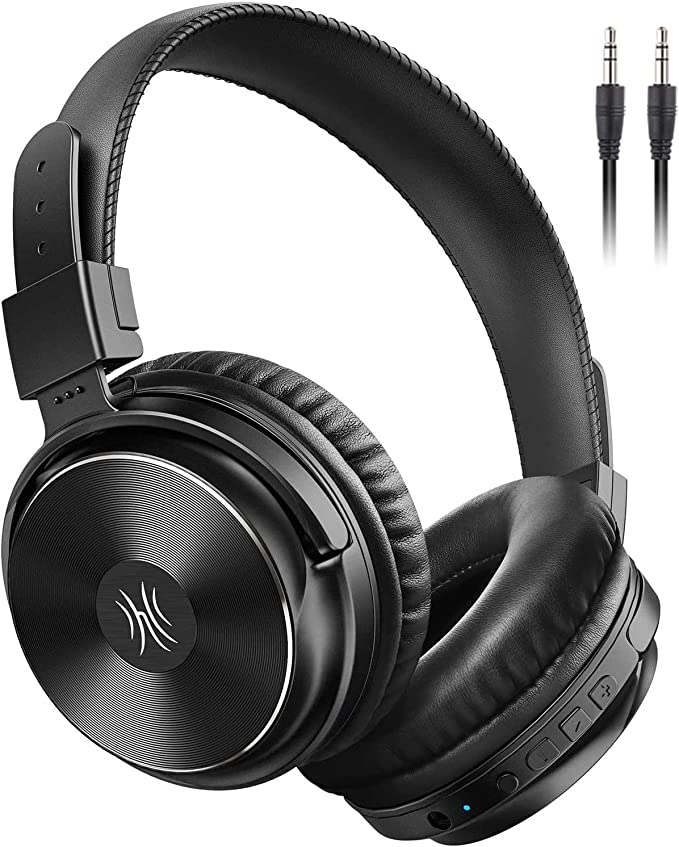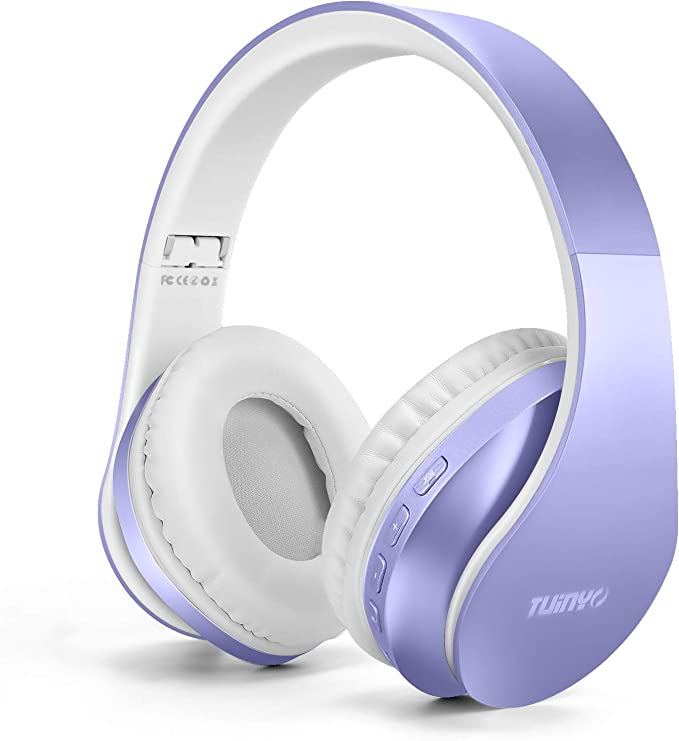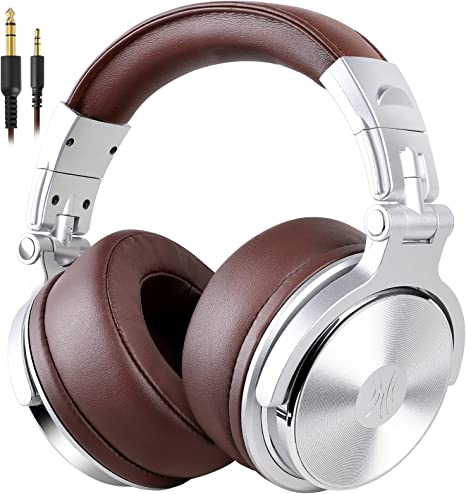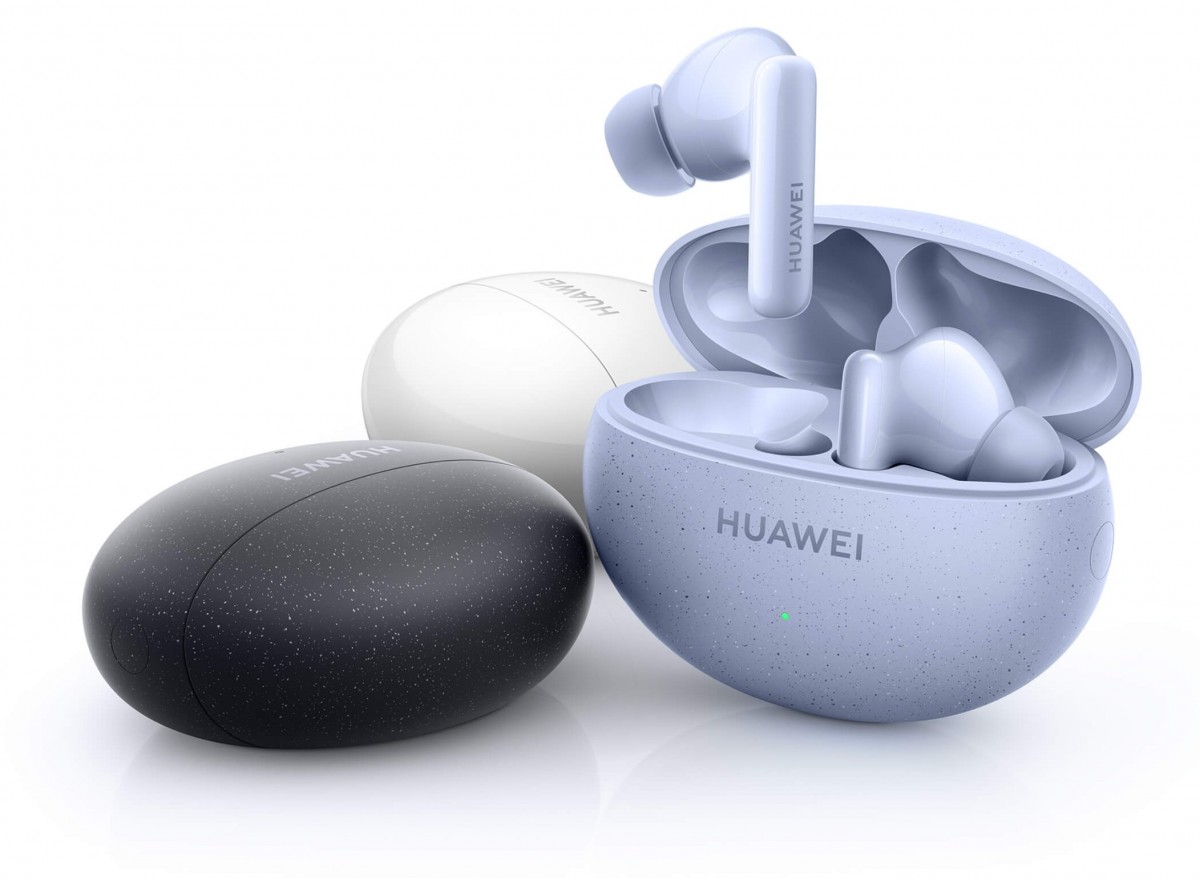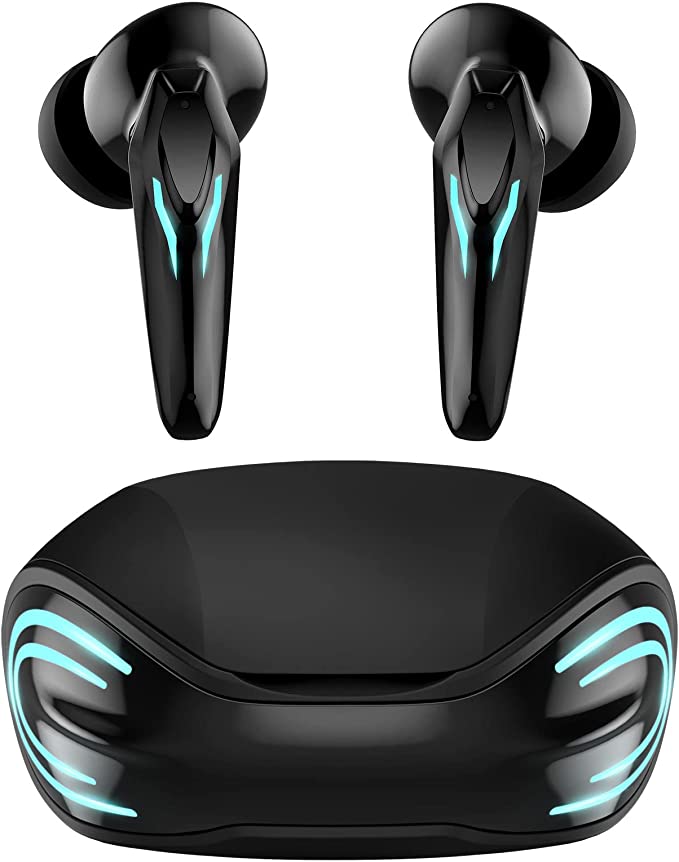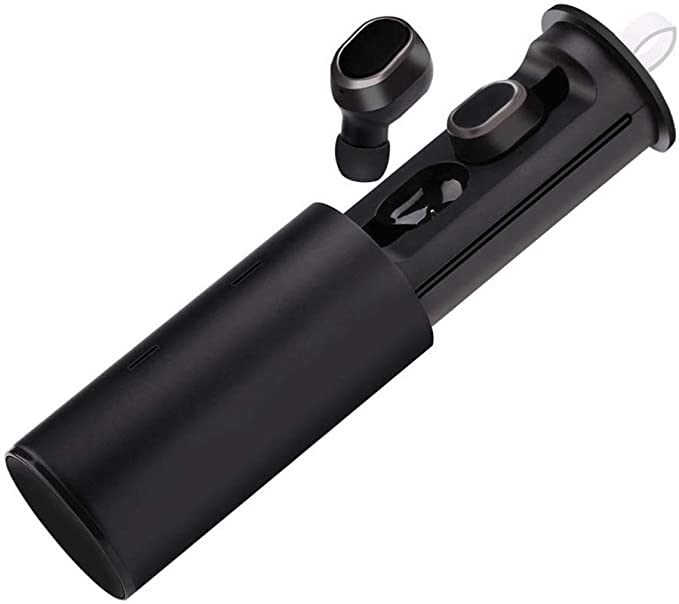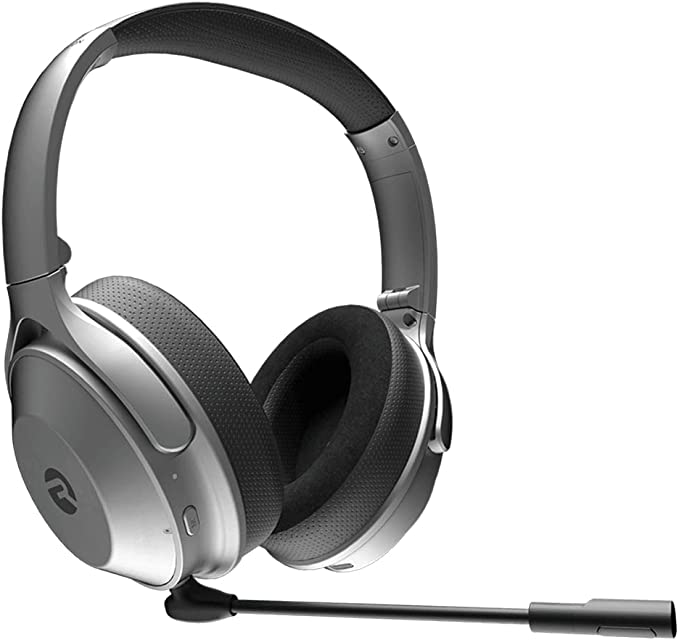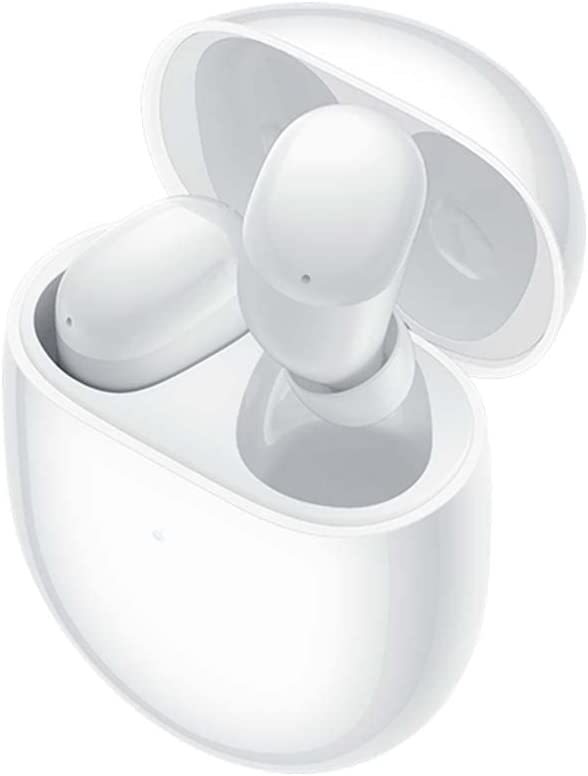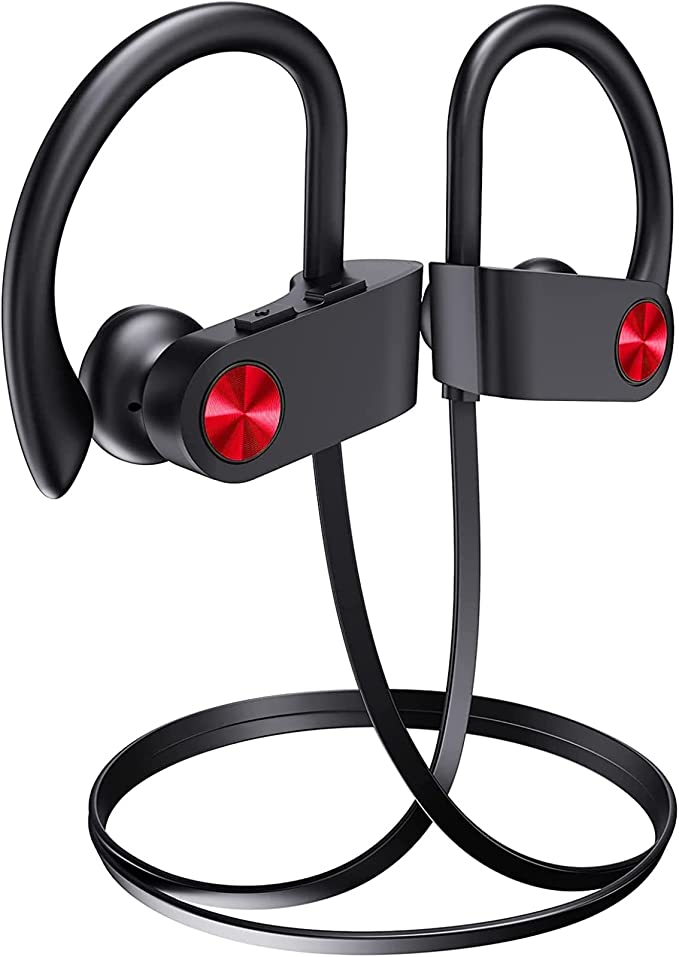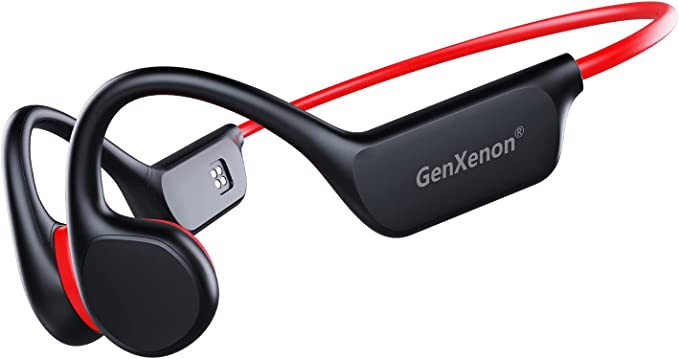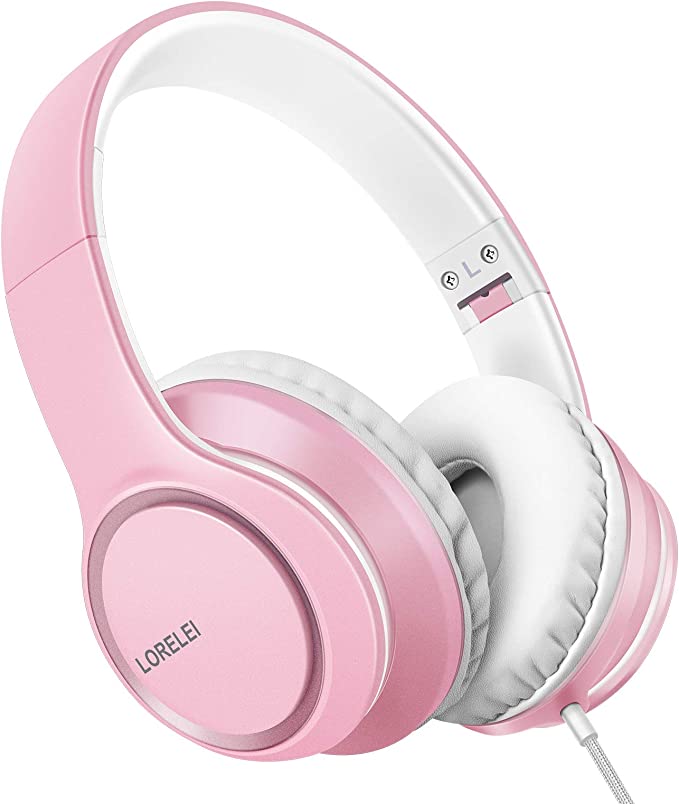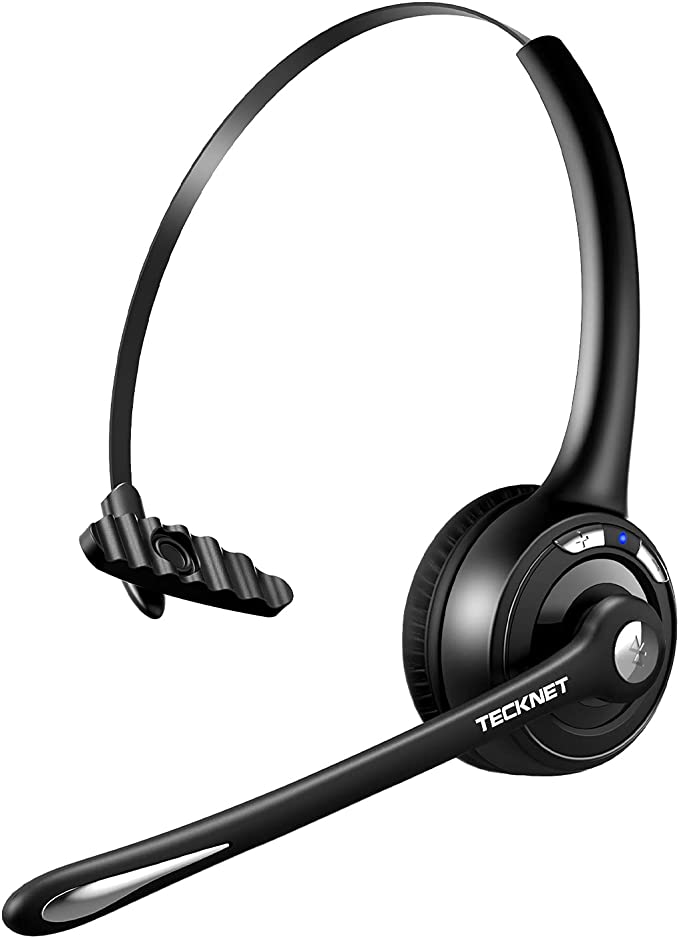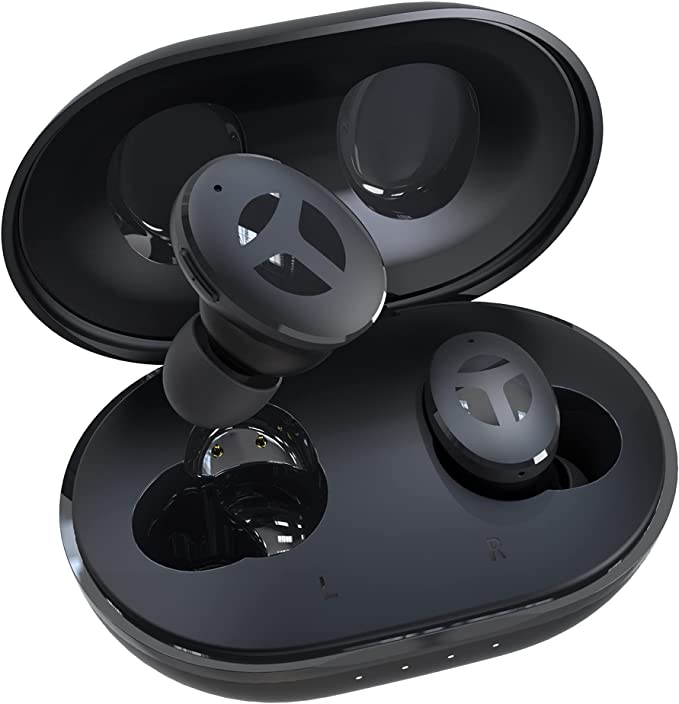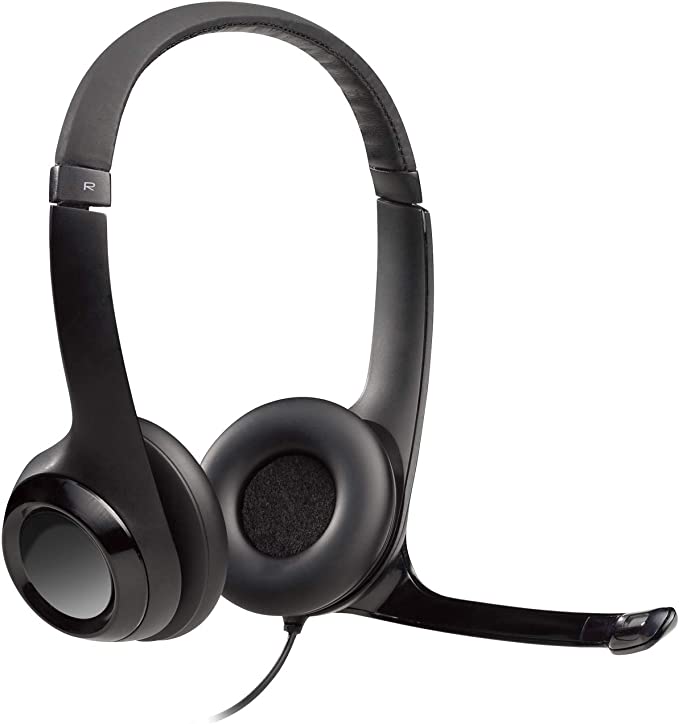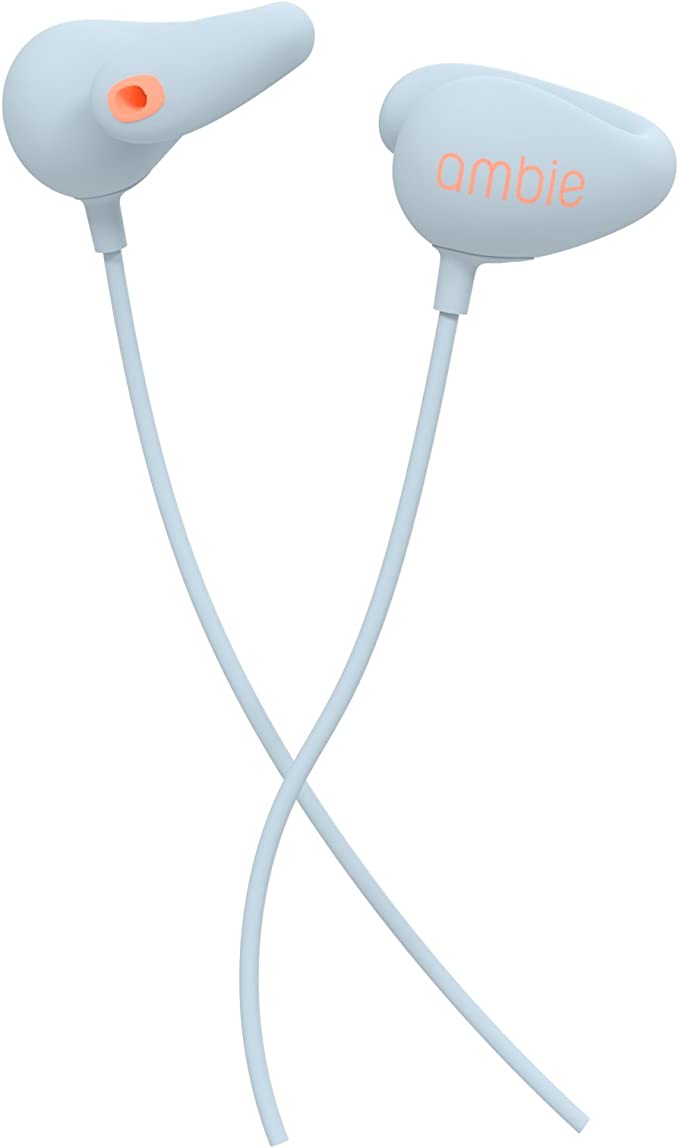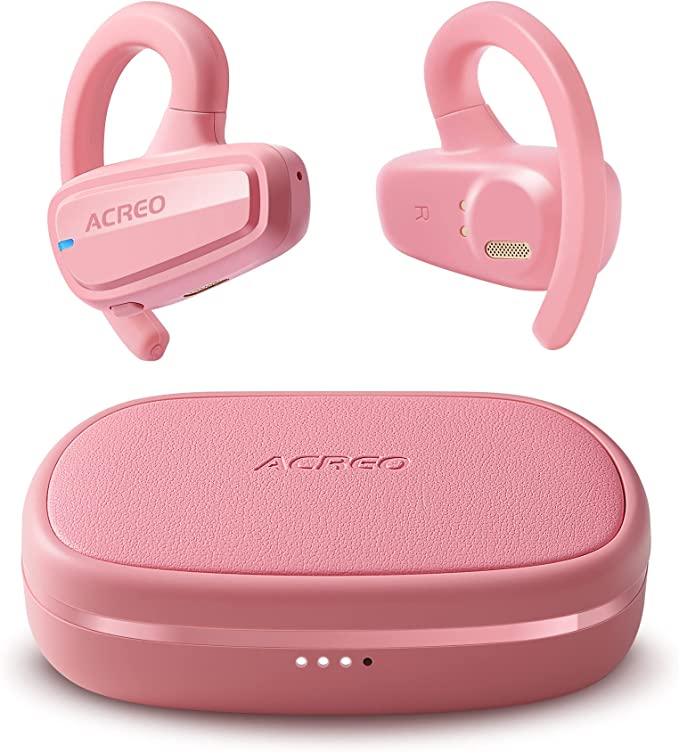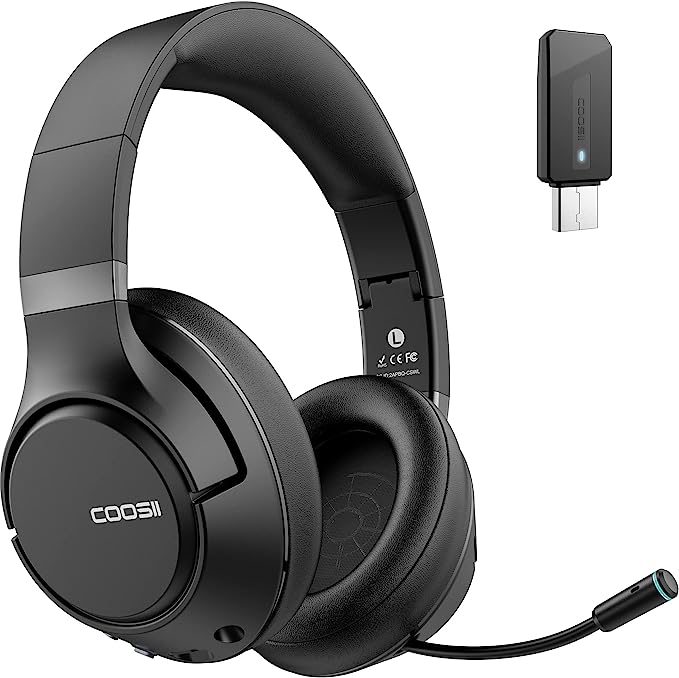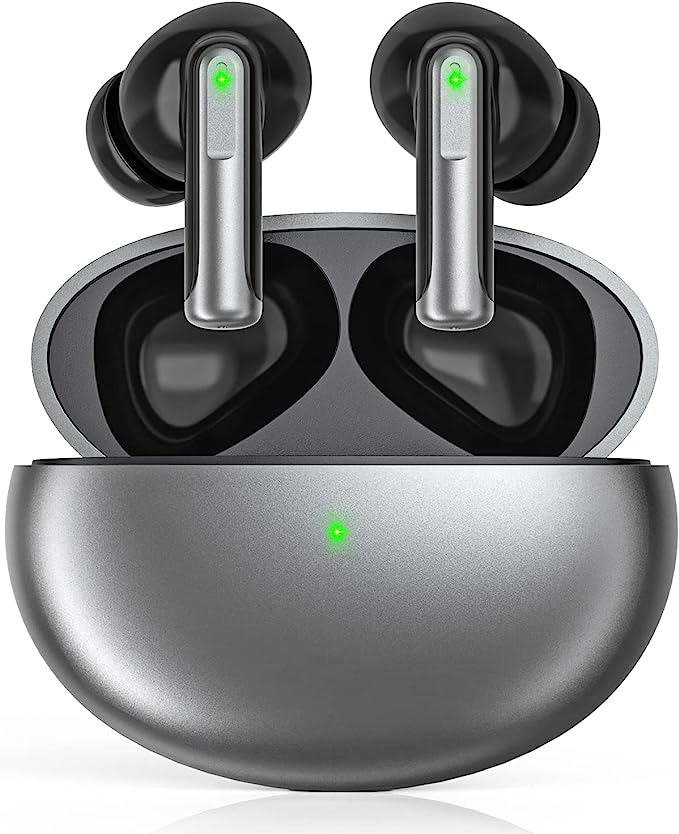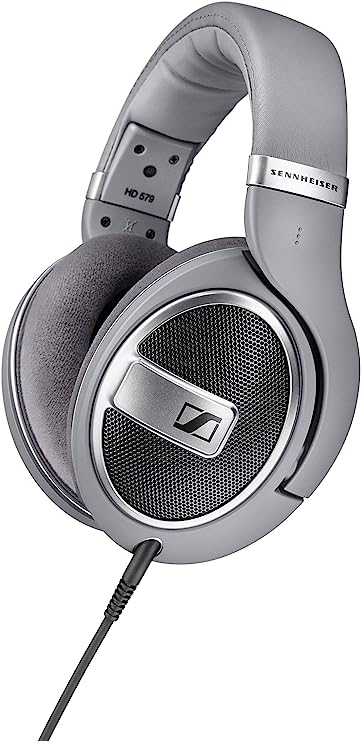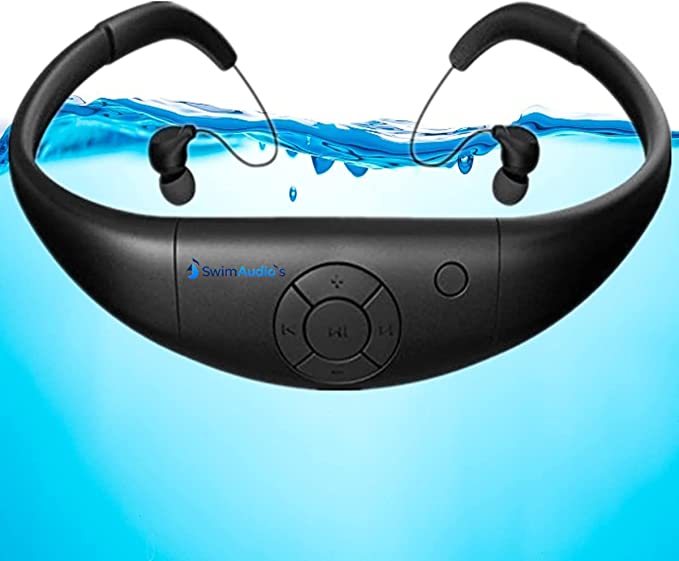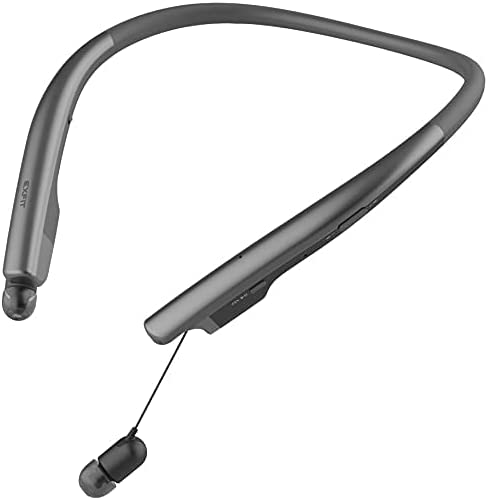Phonicgrid SE7 Headphones: Silence the Noise, Amplify Your Sound
Update on June 6, 2025, 6:07 p.m.
Sound. It’s the invisible architect of our daily experiences, the subtle conductor of our emotions, the constant companion to our waking hours. From the gentle whisper of a breeze to the complex tapestry of a symphony, sound paints our world. Yet, in our bustling modern lives, this ever-present soundscape can often become a cacophony, a relentless barrage of noise that frays our nerves and shatters our focus. This is where the human desire for sonic control emerges – the quest for a personal oasis of sound, or sometimes, blissful silence. Headphones, once utilitarian tools, have evolved into sophisticated gateways to these personalized auditory realms, and the Phonicgrid SE7 Wireless Headphones stand as a contemporary example of this technological journey.

Echoes Through Time: A Brief History of Listening Privately
The path to today’s sleek, feature-rich headphones is a fascinating chronicle of innovation. Imagine the earliest headphones from the late 19th century – heavy, cumbersome contraptions tethered to telephone switchboards, designed purely for function, not comfort or fidelity. The early 20th century, particularly during wartime, spurred advancements for clearer communication amidst chaos. However, it was the invention of the transistor and the subsequent rise of portable music players – from the Walkman to the iPod – that truly democratized personal audio and ignited an explosion in headphone development. A pivotal moment in this evolution was the advent of Active Noise Cancellation (ANC). Suddenly, headphones weren’t just about delivering sound; they were about curating it, actively silencing the outside world to make space for pure, unadulterated audio.

Introducing the Phonicgrid SE7: Your Personal Sound Chamber Engineered
The Phonicgrid SE7 Wireless Headphones step onto this stage, embodying a commitment to providing a personal space free from noise, coupled with excellent audio quality. They are designed to be more than just a listening device; they aim to be an extension of your ability to control your auditory environment, whether you’re seeking deep immersion in music, crystal-clear communication, or simply a moment of tranquility. But what’s the science and engineeringPacked into their over-ear design? Let’s delve into the core technologies that make the Phonicgrid SE7 tick.
The Art of Silence: How the SE7 Quiets the World with Active Noise Cancellation (ANC)
One of the headline features of the Phonicgrid SE7 is its enhanced Active Noise Cancellation. But how does a pair of headphones magically erase the drone of an airplane engine or the rumble of city traffic? The answer lies in a clever bit of physics called destructive interference.
First, let’s understand “noise.” Scientifically, noise is simply unwanted sound. Often, the most intrusive and fatiguing noises are low-frequency sounds – the persistent hums, roars, and rumbles that permeate our environments. These sound waves, like all sound, have peaks and troughs. ANC technology works by first “listening” to this incoming ambient noise using tiny microphones built into the headphones. An internal processor then analyzes these sound waves and, in real-time, generates an exact opposite sound wave – an “anti-noise” signal. This anti-noise wave has peaks where the original noise wave has troughs, and troughs where the original has peaks. When these two perfectly out-of-sync waves meet at your ear, they effectively cancel each other out. Imagine pushing against a wave in the water with an equal and opposite force; the water flattens. That’s destructive interference in action.
The Phonicgrid SE7 employs what’s often referred to as Hybrid ANC. This typically means it uses both:
1. Feedforward microphones: Positioned on the outside of the earcups to catch noise before it reaches your ear.
2. Feedback microphones: Placed inside the earcups to detect any noise that might have slipped through, allowing the system to fine-tune the anti-noise signal.
By combining these approaches, the SE7 aims to achieve a more comprehensive and accurate noise cancellation, with Phonicgrid stating it can reduce “up to 95% of low-frequency noises.”
What this means for you: This technology translates into a significantly quieter listening environment. On a noisy commute, the constant drone of the bus or train इंजन can fade into the background. In an open-plan office, distracting chatter can be muted, allowing for deeper concentration. And when listening to music or podcasts, ANC allows you to hear more of the intended audio at lower volumes, as you’re not competing with external sounds.

Crystal-Clear Conversations: The Science of Environmental Noise Cancellation (ENC) in the SE7
While ANC focuses on creating a quiet listening experience for you, Environmental Noise Cancellation (ENC) is all about how you sound to others during calls. We’ve all experienced calls where background noise makes it impossible to hear the person on the other end, or where we’ve had to shout to be understood. The SE7 incorporates ENC technology, leveraging its premium built-in microphones to tackle this.
ENC works differently from ANC. Its primary goal is to isolate your voice and suppress the surrounding ambient sounds before your voice is transmitted. This often involves sophisticated algorithms and multiple microphones working in tandem. These microphones can create a “beam” focused on your mouth, effectively distinguishing your speech from noises coming from other directions. The processor then works to filter out those non-vocal sounds – be it wind noise, a nearby conversation, or traffic sounds.
What this means for you: With ENC, the Phonicgrid SE7 aims to deliver “crystal clear and stable hands-free calls.” You can take important calls while walking down a busy street, in a bustling café, or even in a moderately noisy office, with greater confidence that the person on the other end will hear your voice clearly, not the chaos around you. This is crucial for maintaining professional communication and ensuring your personal calls are frustration-free.
The Heartbeat of Your Music: Understanding the SE7’s 40mm Large Aperture Drivers
At the core of any headphone’s sound reproduction capabilities are its drivers. Think of them as miniature loudspeakers designed to sit right next to your ears. The Phonicgrid SE7 features 40mm Large Aperture Drivers, and this specification tells us a fair bit about their potential audio performance.
A headphone driver typically consists of a diaphragm (a thin membrane that vibrates), a voice coil (a coil of wire attached to the diaphragm), and a magnet. When an electrical audio signal passes through the voice coil, it creates a fluctuating magnetic field that interacts with the permanent magnet, causing the voice coil and the attached diaphragm to vibrate. These vibrations displace air, creating sound waves that your ears perceive as music, speech, or any other audio.
The “40mm” refers to the diameter of the diaphragm. Generally, a larger diaphragm can move more air. This is particularly beneficial for reproducing low-frequency sounds – the bass and sub-bass that give music its warmth, punch, and depth. A larger surface area allows the driver to more effectively generate these longer sound waves, leading to what Phonicgrid describes as “Deep Bass.” The “Large Aperture” aspect also suggests a design optimized for efficient air movement and sound production.
Furthermore, well-engineered drivers aim for a balanced frequency response, meaning they try to reproduce all frequencies (low, mid, and high) accurately and without undue emphasis on one particular range, unless a specific sound signature (like enhanced bass) is intentionally designed. The goal is to deliver sound as the artist or producer intended.
What this means for you: The 40mm drivers in the SE7 are engineered to provide “impeccable sound quality” and a “truly immersive experience.” You can expect a sound that is full-bodied, with the capacity for impactful bass, clear midranges (where vocals and many instruments reside), and crisp high frequencies (for details like cymbals and hi-hats). This contributes to a more engaging experience whether you’re listening to intricate musical passages, following dialogue in a movie, or trying to pinpoint audio cues in a game.
The Invisible Connection: Decoding Bluetooth 5.2 in the SE7
The “Wireless” in Phonicgrid SE7 Wireless Headphones is made possible by Bluetooth technology, specifically Bluetooth 5.2. Bluetooth is a short-range wireless technology standard used for exchanging data between fixed and mobile devices over short distances.
Each new version of Bluetooth typically brings improvements, and Bluetooth 5.2 offers several key advantages relevant to audio:
1. Enhanced Stability and Range: Bluetooth 5.2 is designed for more robust and reliable connections, meaning fewer annoying dropouts or stutters in your audio, even in environments with a lot of other wireless signals. It can also offer a slightly better effective range compared to older versions, though physical obstructions always play a role.
2. Improved Power Efficiency: This is crucial for battery-powered devices like wireless headphones. Bluetooth 5.2 incorporates features that allow devices to use less power, contributing to longer playback times on a single charge.
3. Lower Latency (Potentially): While not solely a feature of the base 5.2 standard itself, it lays the groundwork for features like LE Audio (Low Energy Audio) and its associated LC3 codec, which promise significantly lower latency. Lower latency means less delay between what you see on a screen and what you hear, which is vital for watching videos or playing games to ensure audio and visuals are properly synchronized. The SE7’s product page lists “Bluetooth 5.2,” suggesting it benefits from the core stability and efficiency improvements.
4. Isochronous Channels: A key feature of Bluetooth 5.2 is support for LE Isochronous Channels, which is foundational for LE Audio. This allows for time-synchronized data streams to multiple devices, opening doors for features like Auracast™ broadcast audio (sharing your audio with multiple nearby Bluetooth headphones).
What this means for you: The inclusion of Bluetooth 5.2 in the Phonicgrid SE7 should translate to a more seamless and dependable wireless listening experience. You’ll likely benefit from a stable connection to your phone, tablet, or laptop, and the power efficiency contributes directly to the impressive 30-hour playback time Phonicgrid claims. For everyday music listening and calls, this means less frustration with pairing and more uninterrupted enjoyment.
More Than Just Sound: The Ergonomics of All-Day Listening
A pair of headphones can have the best sound technology in the world, but if they’re uncomfortable, you won’t want to wear them for long. Phonicgrid emphasizes the “Comfortable, Lightweight Design” of the SE7, and this is a critical aspect of the user experience, especially for over-ear headphones intended for extended use.
Several factors contribute to headphone comfort: * Weight: The SE7 is described as “lightweight.” Lighter headphones exert less pressure on the top of your head and neck, reducing fatigue over long listening sessions. * Earcup Material and Design: The SE7 uses “super imitation protein leather” for its earcups. Protein leather is a synthetic material designed to mimic the softness and breathability of real leather while often being more durable and easier to clean. Plush, soft earcups conform to the shape around your ears, creating a good seal (which also helps with passive noise isolation and bass response) and distributing pressure evenly. * Headband Design: An adjustable headband is essential to accommodate different head sizes and shapes, ensuring a secure yet comfortable fit. The padding on the headband also plays a role in distributing weight. * Clamping Force: This is the pressure the headphones exert on the sides of your head. It needs to be firm enough to keep the headphones in place and create a good seal, but not so tight as to cause discomfort or pain.
What this means for you: The ergonomic design of the SE7, with its lightweight build and soft earcups, is aimed at allowing you to wear them “all day long with ease.” This is particularly important if you plan to use them for long work sessions, extended travel, or marathon music listening. A comfortable fit ensures that the technology within the headphones can be enjoyed without physical distraction.

Powering Your Playlist: The Endurance of the SE7
Phonicgrid highlights a “30 Hours for Listening” capability for the SE7 on a full charge. This impressive battery life is a significant convenience, reducing the frequency with which you need to recharge your headphones. This endurance is likely a result of a combination of factors: a reasonably sized internal battery, the power-efficient Bluetooth 5.2 chipset, and optimized power management within the headphone’s circuitry.
The package also includes a charging cable (typically USB-C these days for faster charging, though the product page doesn’t specify the type) and, importantly, a 3.5mm aux cable. This aux cable is a valuable addition because it allows you to use the headphones in a wired mode. This is useful if the battery does run out, or if you want to connect to a device that doesn’t have Bluetooth (like some older audio equipment or in-flight entertainment systems). Note that ANC and other powered features usually don’t work in passive wired mode, but you can still listen to audio. One user review did mention an inability to use the headphones while they are actively charging, which is a common limitation in some designs to protect battery health or manage power.
What this means for you: 30 hours of playback means you could potentially go several days, or even a week, of typical use without needing to recharge. This is ideal for travel, long workdays, or simply for those who don’t want the hassle of frequent charging. The included aux cable provides a reliable backup.
A Sound Mind in a Sound Body: Listening Responsibly
While immersing ourselves in high-quality audio is a joy, it’s crucial to do so responsibly. As an audio enthusiast and someone who values the science of sound, it’s important to touch upon hearing health. Prolonged exposure to loud sounds, even through excellent headphones like the SE7, can lead to noise-induced hearing loss (NIHL), which is often irreversible.
Here are a couple of simple, scientifically-backed guidelines: * Moderate Your Volume: A good rule of thumb is the 60/60 rule: listen at no more than 60% of the maximum volume for no more than 60 minutes at a time before taking a break. If people around you can hear the music leaking from your headphones, it’s likely too loud. ANC can actually help here, as you may not feel the need to crank up the volume to overcome external noise. * Take Regular Breaks: Give your ears periods of rest, especially during long listening sessions. This allows the delicate hair cells in your inner ear, which are responsible for detecting sound, to recover.
What this means for you: Enjoy the immersive sound and quiet provided by the Phonicgrid SE7, but always be mindful of your listening habits. Protecting your hearing ensures you can continue to enjoy the nuances of sound for years to come.
The Sonic Horizon: Peeking into the Future of Audio
Headphone technology is a dynamic field, constantly evolving. The features found in the Phonicgrid SE7 – advanced ANC, clear call quality via ENC, high-fidelity drivers, and efficient wireless connectivity – represent the current state of accessible audio tech. But the journey doesn’t end here.
We’re seeing trends towards even more intelligent audio devices: * AI-Personalized Sound: Headphones that learn your listening preferences and automatically adapt the sound profile to different genres of music or types of content. * Advanced Spatial Audio: Creating even more realistic 3D soundscapes for truly immersive movies, gaming, and music. * Biometric Integration: Headphones that can monitor health metrics like heart rate or even brainwaves, potentially adjusting audio to enhance focus or relaxation. * Lossless Audio over Bluetooth: The continued push for higher fidelity wireless audio transmission, bridging the gap between wired and wireless sound quality. LE Audio and new codecs are part of this push.
Headphones like the Phonicgrid SE7, by incorporating robust foundational technologies like Bluetooth 5.2 and effective noise cancellation, are not just products for today but also stepping stones towards this more integrated and intelligent audio future.
Coda: The Phonicgrid SE7 - Engineering Your Auditory Experience
The Phonicgrid SE7 Wireless Headphones emerge as a thoughtfully engineered device, aiming to provide a comprehensive audio solution. From the active quieting of your surroundings with ANC to ensuring your voice is heard clearly with ENC, from the rich sound delivered by its 40mm drivers to the reliable connection of Bluetooth 5.2, each feature is rooted in scientific principles designed to enhance your interaction with sound. Coupled with a focus on comfort for extended wear and a battery that keeps pace with a busy lifestyle, the SE7 endeavors to be more than just a conduit for audio; it strives to be a tool for crafting your personal soundscape. In a world that constantly vies for our auditory attention, the ability to tune in to what matters, and tune out what doesn’t, is a powerful capability indeed.
